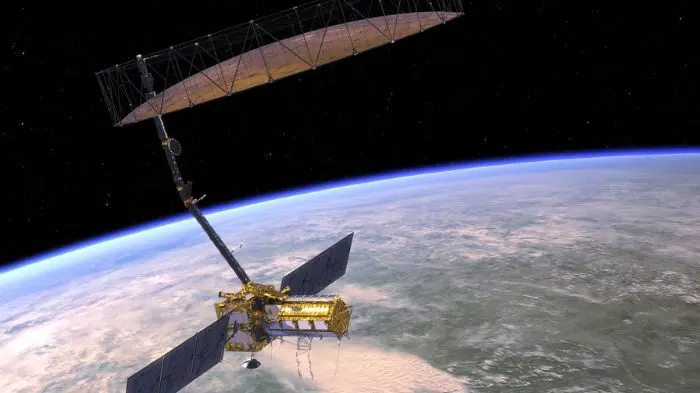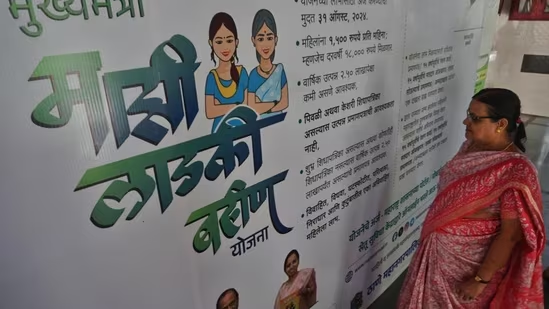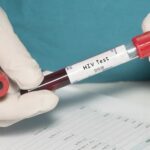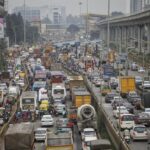Now Reading: BSF Boosts Surveillance Along Bangladesh Border with Body Cameras and Biometric Tech
-
01
BSF Boosts Surveillance Along Bangladesh Border with Body Cameras and Biometric Tech
BSF Boosts Surveillance Along Bangladesh Border with Body Cameras and Biometric Tech
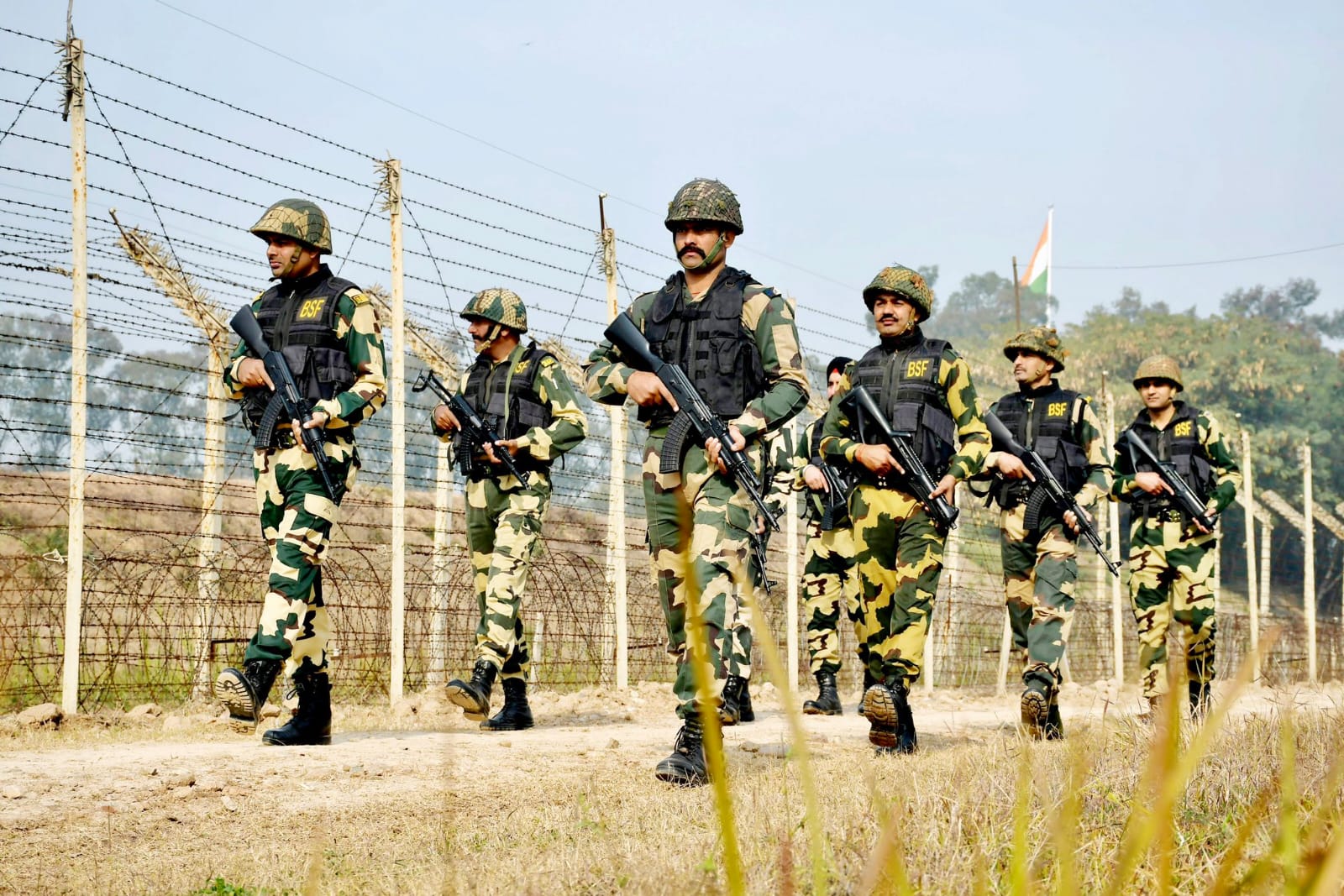
To step up border vigilance and tighten control over cross-border activities, the Border Security Force (BSF) has deployed 5,000 body cameras and handheld biometric capturing devices along the India-Bangladesh border. This move is aimed at improving real-time tracking, recording of patrol operations, and faster identification of suspects in one of India’s most sensitive border zones.
The integration of this tech marks a significant shift in how border patrols are managed on the ground.
Why the Upgrade Matters
The India-Bangladesh border stretches over 4,000 km and passes through varied terrain—rivers, farmlands, densely populated regions, and remote outposts. This makes surveillance challenging. With rising concerns around illegal migration, smuggling, and infiltration, especially in states like West Bengal and Assam, authorities have been seeking more efficient ways to monitor movements.
These new tools are expected to bring much-needed transparency and help track every engagement BSF personnel have during patrol duty.
What’s Being Deployed
The newly introduced body cameras will be worn by jawans during border patrols. These devices will record all interactions and activities, creating a digital log of events that can be reviewed if needed. This not only increases accountability but also provides visual evidence during conflicts or suspicious encounters.
Additionally, the biometric capturing devices will help identify individuals on the spot. If anyone is intercepted near the border, their fingerprints or other identifiers can be quickly matched with records, reducing delay in verification.
This is particularly useful in areas where people from both sides of the border frequently cross over for work or family visits, sometimes without formal documents.
Technology to Support Boots on Ground
The BSF has long been asking for better tech support to manage its vast responsibilities. Traditional surveillance methods like watchtowers, human patrols, and physical fencing have their limits. These new digital tools are not replacing boots on the ground—they’re enhancing their effectiveness.
For Tier 2 cities and border towns like Cooch Behar, Karimganj, and Malda, this improved surveillance means faster response to illegal activity and safer conditions for locals who often live with the risks of border-related tensions.
Future Plans and Challenges
Officials say this is just the beginning. Plans are in place to expand the use of body cams to more sensitive stretches of the border and introduce drone-based tracking, AI surveillance, and night vision monitoring systems in the near future.
However, challenges remain. Weather conditions, lack of stable network connectivity in remote areas, and device maintenance are issues that the force will have to continuously deal with.
Conclusion
The BSF’s decision to equip its personnel with body cameras and biometric devices reflects a growing push toward tech-enabled border management. As India balances security needs with humanitarian concerns along its borders, such innovations could become the norm—bringing more clarity, control, and accountability to everyday operations in high-tension zones.








